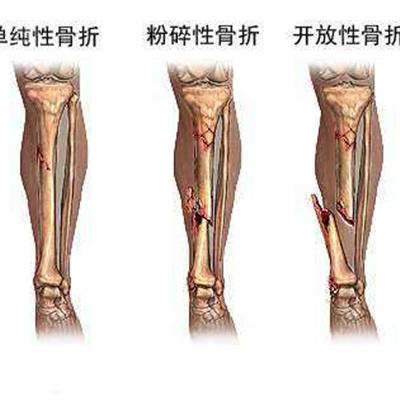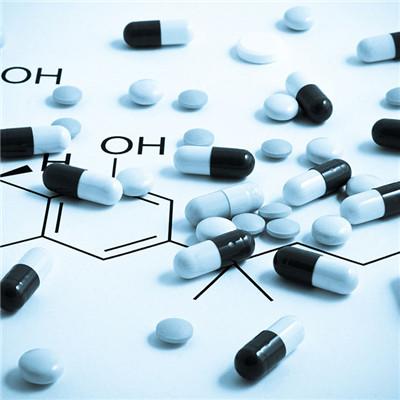What symptom graph does inflammation of Department of gynaecology have?
summary
What do you want to know about the clinical symptoms of gynecological inflammation? So first of all, we have to start from the category of gynecological inflammation. Gynecological inflammation is the most common gynecological disease in clinic, including vaginitis, cervicitis, adnexitis, pelvic inflammatory disease and a series of gynecological inflammatory diseases. At the same time, because of different types of inflammation, the symptoms are not the same. The following details about several common gynecological inflammation in clinical symptoms. Hope to help the majority of patients friends.
What symptom graph does inflammation of Department of gynaecology have?
Vaginitis is the most common gynecological disease. According to the bacteria, vaginitis can be divided into bacterial vaginitis, Candida vaginitis, trichomonal vaginitis and so on. The main symptoms of vaginitis are genital itching, leucorrhea abnormal, and secretions increase. Trichomonas vaginitis is especially common. The main symptoms are vaginal purulent, thin and purulent, yellowish green, frothy, and odorous. Combined infection may cause frequent urination, urination, and even hematuria.
Cervicitis can be divided into acute cervicitis and chronic cervicitis. Most patients have no symptoms. Some patients have increased vaginal secretions, light yellow or purulent, bleeding after sexual intercourse, bleeding during menstrual period, and occasional symptoms of pruritus and discomfort of vulva caused by secretion stimulation. Gynecological examination will find that the cervix is erosive, with yellow secretions covering or flowing out of the cervix, It can also be manifested as cervical hypertrophy or cervical polyps.
Pelvic inflammatory disease is also a common gynecological inflammatory disease, which is usually divided into acute pelvic inflammatory disease and chronic pelvic inflammatory disease. The symptoms of acute pelvic inflammatory disease are persistent abdominal pain, fever and increased vaginal secretions. Severe condition can be accompanied by chills, high fever, headache, loss of appetite and a series of symptoms.
matters needing attention
Through the above detailed explanation of the clinical symptoms of common gynecological inflammation, let each patient have a preliminary understanding of his condition. After all, this is a common symptom, and everyone will have individual differences. Therefore, friends with the above gynecological inflammation symptoms should not jump to conclusions, go to the regular medical institutions for examination and treatment as soon as possible, and recover their health as soon as possible.


















